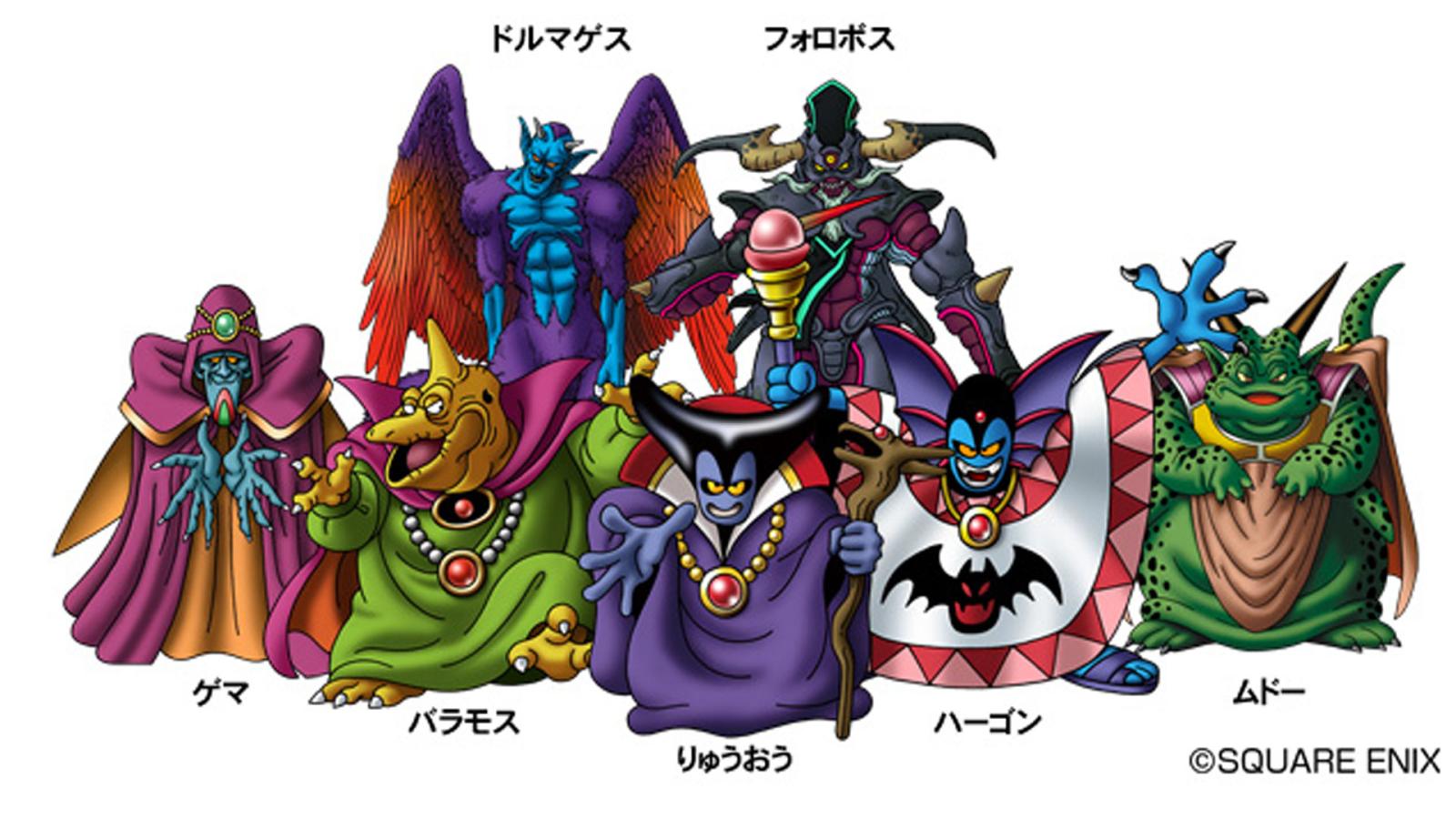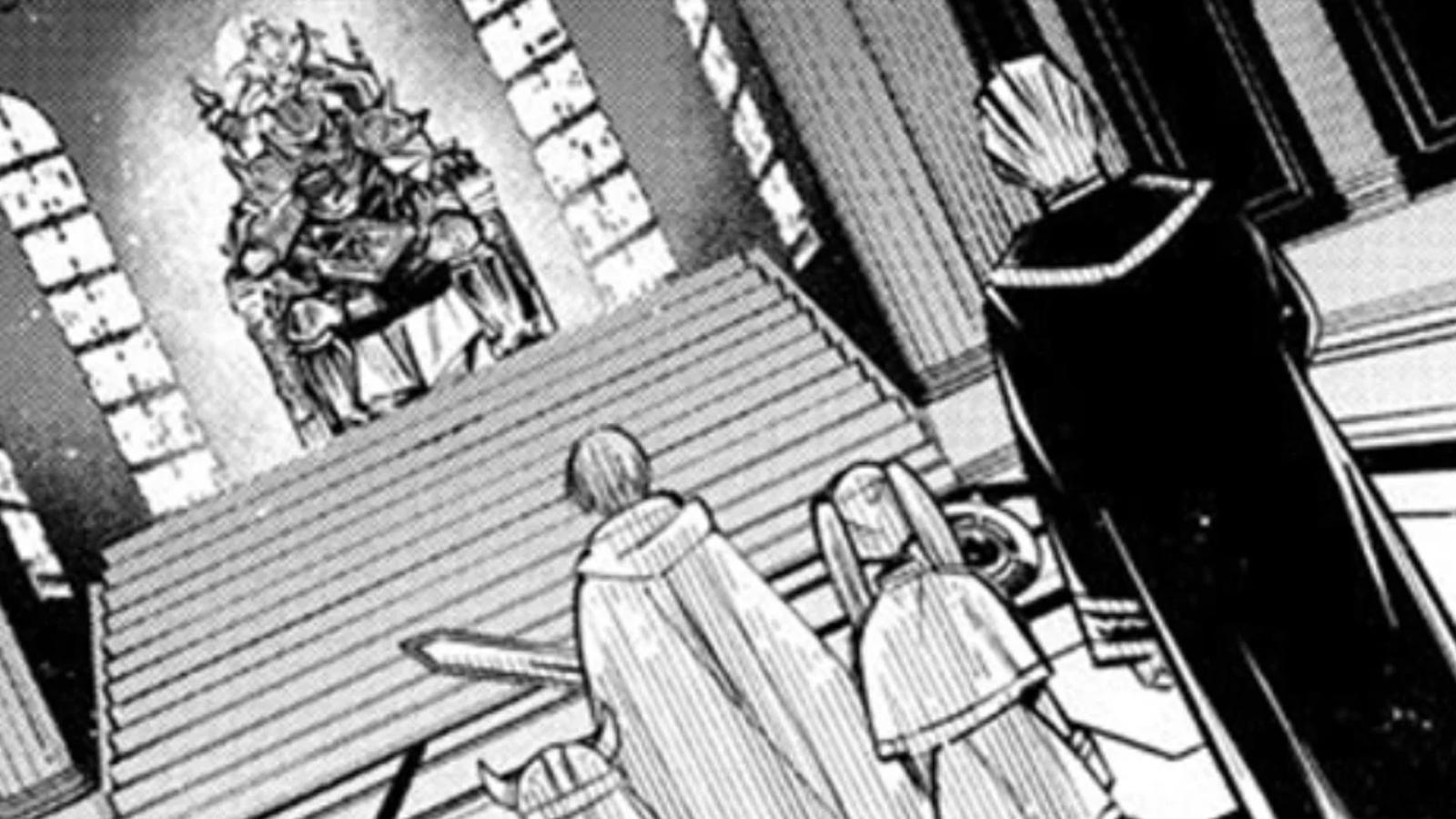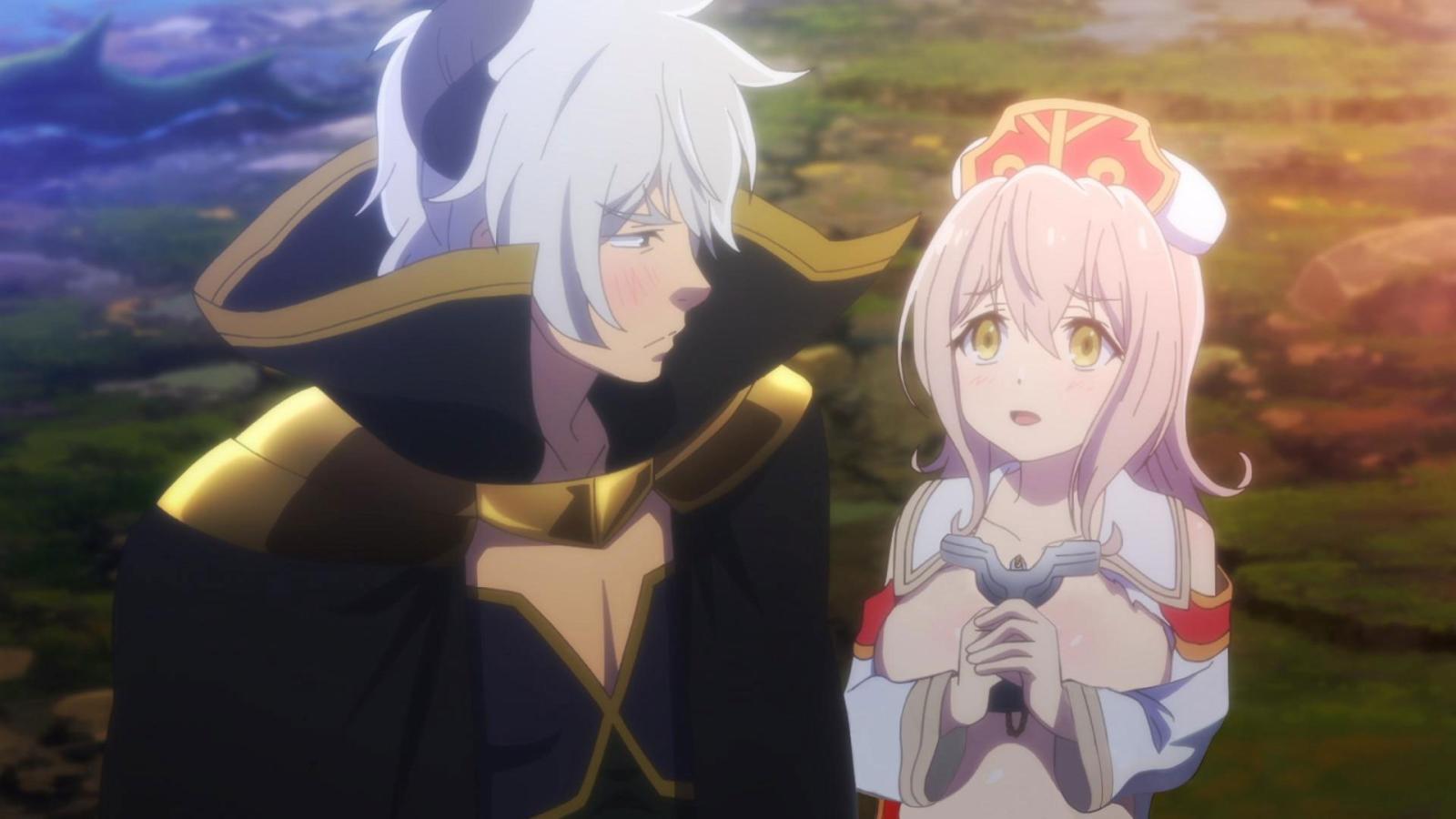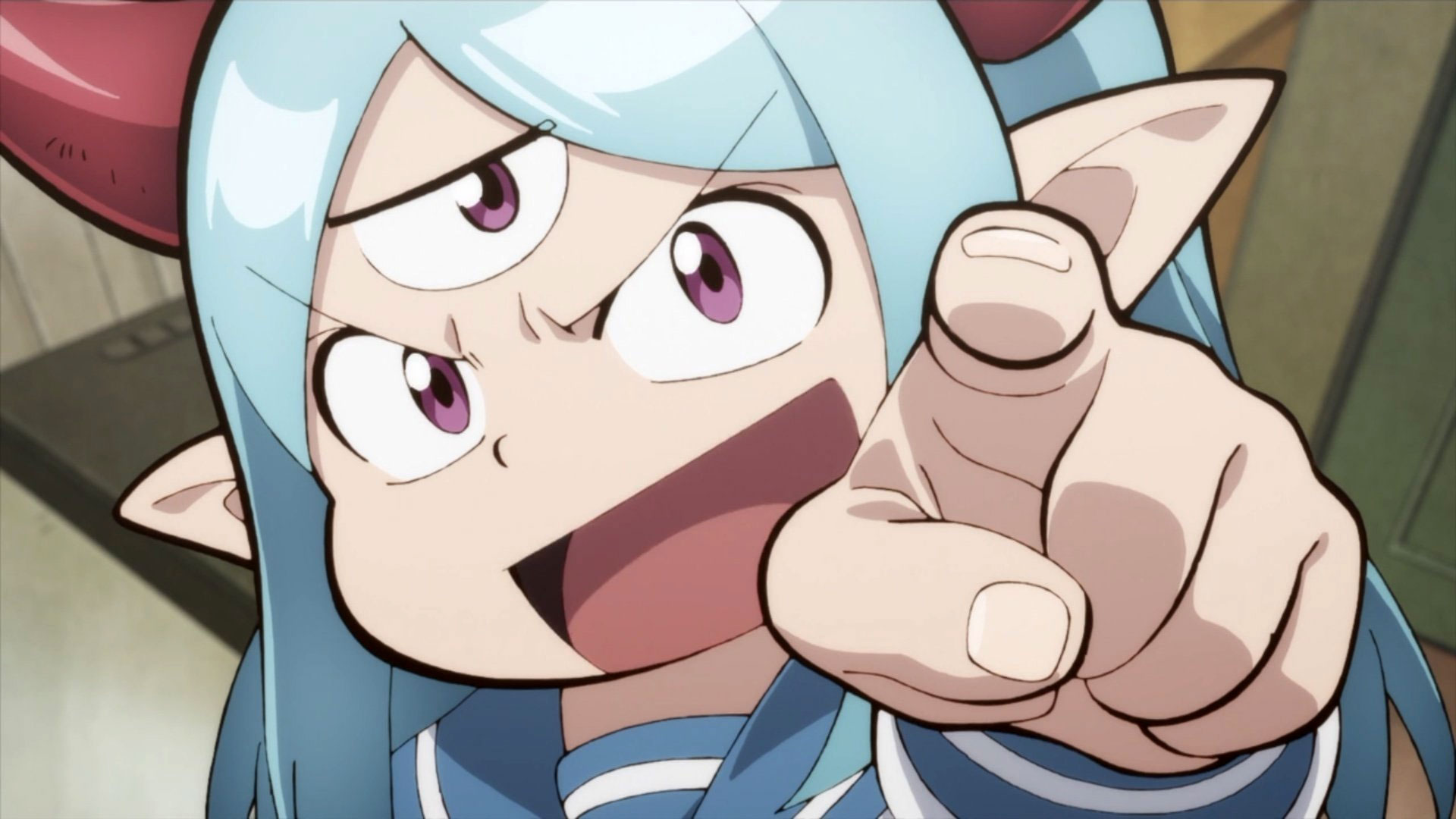You don’t see the term that often in Western works.
Summary:
- “Demon Lord” is a term that is widespread in fantasy anime — it originated in Buddhism but became an anime trope because of Dragon Quest.
- It usually describes an evil overlord who is an enemy of humanity.
- Recently, many anime have been subverting the trope of an evil demon lord.
It feels like in every fantasy anime — not just isekai — the main villain is a Demon Lord. It has become so much of a staple in anime that it’s basically a given we’ll hear the words every season at least a few times.
However, if you think about it, the term isn’t as widespread outside of anime, manga and light novels. So, why does anime always have demon lords, and where did this trope come from?
The Origins

First of all, “demon lord” is a loose translation of “maou,” which, if directly translated, means “demon king.” The “demon lord” translation rolls off the tongue better, though, because demons don’t always have a kingdom of their own in anime. Their ruler wouldn’t, therefore, really be a king most of the time.
The term actually originated from Buddhism, where it was used towards one specific entity, not a generic overlord of evil demons and monsters. It went into widespread usage later on, and many fans feel that its origin in anime comes from the same source as many other fantasy anime tropes come from: Dragon Quest.
Dragon Quest in itself, however, was inspired by games like Dungeons & Dragons, which, in turn, was inspired by Lord of the Rings.
The Term Is Usually Used for Enemies of Humanity

The anime understanding of “demon lord” is pretty simple. It’s not just the ruler among the demons, who is the most powerful of them, though. The demon lord is very likely to be the main enemy of humanity, and the quest of the main characters would be to defeat him.
The term is not always translated as “Demon Lord.” In Frieren: Beyond Journey’s End (Sousou no Frieren), it’s translated as “Demon King,” for example.
In KonoSuba: God's Blessing on This Wonderful World! (Kono Subarashii Sekai ni Shukufuku wo!), it’s sometimes translated as “Devil King” — to make a separation between him and the crimson devils, the race to which Megumin belongs.
Demon Lords Aren’t Always Evil

In more recent years, we’ve seen more and more demon lords as protagonists, not antagonists. The term is pretty generic and loosely defined, so it’s possible to write a story where the demon lord is a good guy.
Examples include The Devil is a Part-Timer! (Hataraku Maou-sama!) and How Not to Summon a Demon Lord (Isekai Maou to Shoukan Shoujo no Dorei Majutsu).

